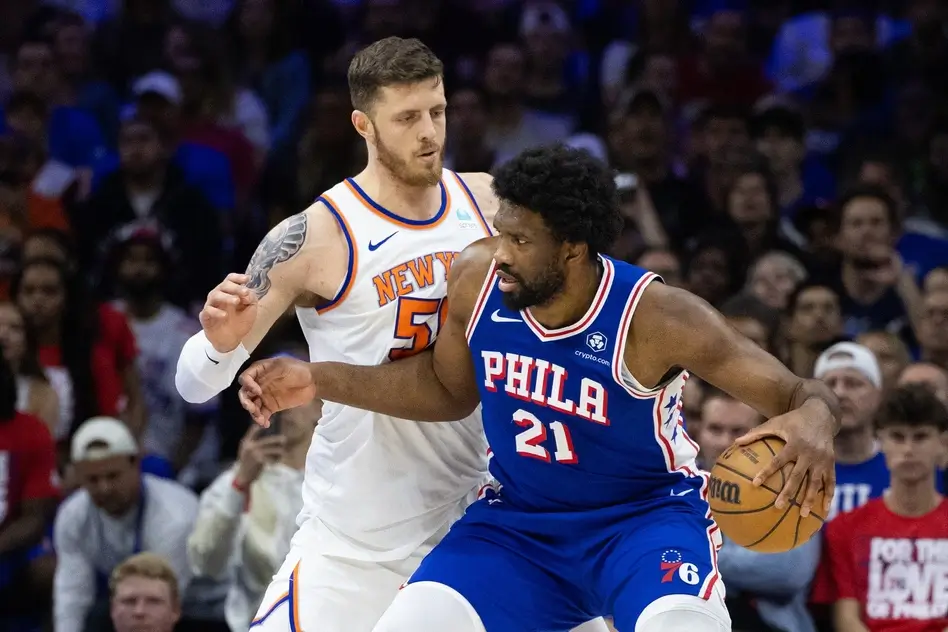Including the when, why and how, here’s everything you need to know about NBA buyouts…
An all-time record of 45 players was moved in yesterday’s trade deadline saga. It was an eventful series of blockbuster deals that saw stars like Nikola Vucevic, Victor Oladipo, and Aaron Gordon being traded to new teams.
NBA buyout explained
Now that the trade deadline has come and gone, teams focus their eyes on the buyout market. Often termed as the NBA’s “mid-season free agency”, among the potential names in this year’s buyout market are Andre Drummond, LaMarcus Aldridge, Otto Porter, Hassan Whiteside, and Avery Bradley.
But if you’re still confused about how buyouts in the NBA work, don’t worry because we got you covered.
Why do players and teams agree on a buyout?
There’s actually a myriad of possible reasons. It could be a situation where an ageing veteran in a rebuilding team wants to play for another playoff-positioned squad, just like how Blake Griffin negotiated a buyout with the Detroit Pistons for him to eventually join the Brooklyn Nets.
There’s also the situation similar to how the Memphis Grizzlies waived Dion Waiters’ contract last season. The Grizzlies acquired Waiters via a three-team trade, but the scoring guard was included merely to match the salaries and make that deal financially legal. The Grizzlies did not have a spot for him in the rotation, so both sides agreed on a buyout.
Of course, when both a team and a player mutually agree to part ways in the middle of the season, the usual route moving forward is to move that player via trade. But if the team cannot find a trade partner for that player, that’s where the buyout scheme enters the picture.
When can a buyout candidate sign with another team?
First, the player will surrender a portion of his remaining salary to the team. This means that the team will save money in the process to also provide relief to their cap space. For the player, it’s a chance for him to get out of his current situation, and join the team of his liking.
But hold on because that player has to clear waivers first, which is a 48-hour period where other teams bid on the player’s contract. If a team wins the bid, they get the rights to the player and assume his remaining salary. Of course, this rarely happens because most buyout candidates have lucrative salaries that may not fit into a bidding team’s cap space. Interested teams usually wait for that player to clear waivers, then sign him to a bargain contract that they can afford.
So once that player clears waivers, he is now an unrestricted free agent and he can join any team that he wants.
What was the biggest buyout in NBA history?
The late Bison Dele, who went by the name of Brian Williams during his NBA career, surrendered $31.7 million to the Detroit Pistons in an effort to retire from the league in 1999. He still had five years left on his contract, but he ultimately decided to walk away from the game that year.
Other lucrative buyouts in league history include Larry Sanders in 2015 ($21.9M), Derek Fisher in 2007 ($20.6M), and Shawn Kemp in 2002 ($18.7). Griffin’s recent $13.3 million buyout agreement with the Pistons is only the 7th largest in this list.
For more articles on how the NBA works, check out our NBA explained section.








